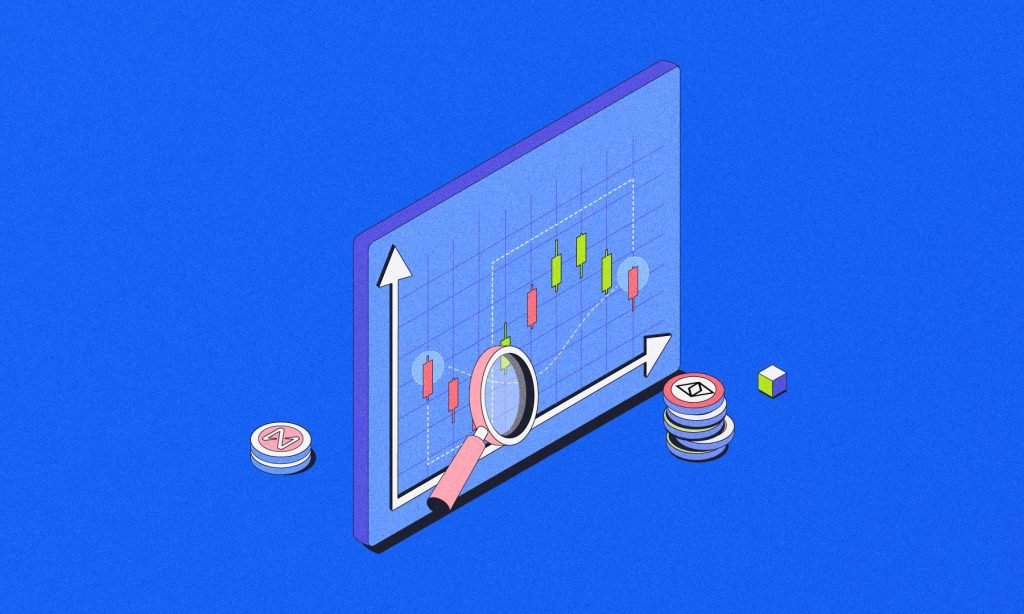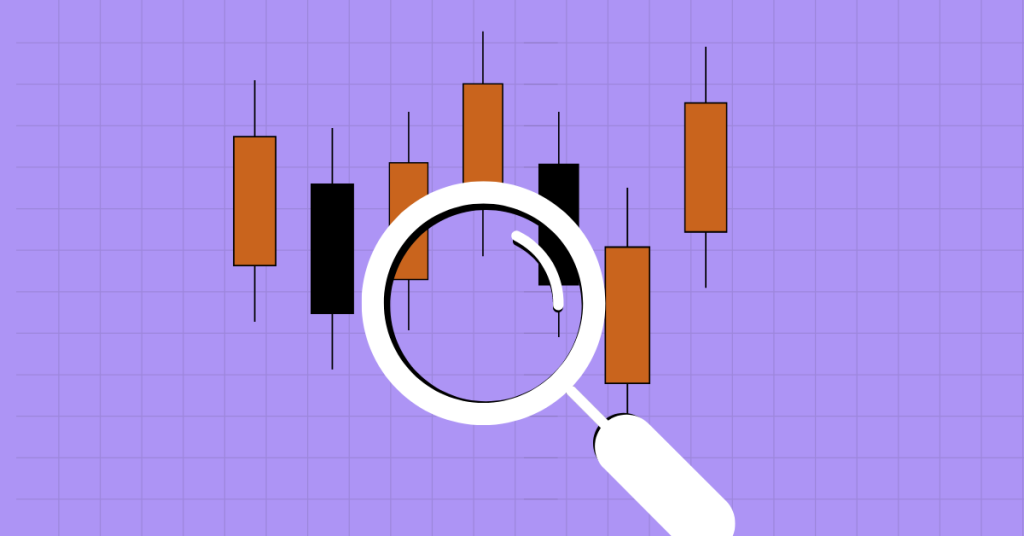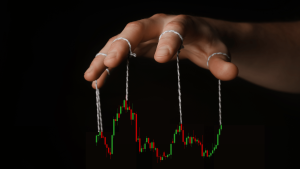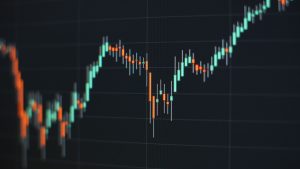Technical analysis is a crucial skill for any crypto trader seeking to navigate the volatile world of digital assets. While price movements in the crypto market may seem erratic at times, technical indicators provide the data and patterns needed to make more informed trading decisions. By using these tools effectively, traders can identify trends, predict price movements, and optimize their trading strategies.
If you’re eager to enhance your trading expertise, becoming a member of the EPIQ Trading Floor can significantly improve your understanding of technical analysis and other key trading topics. With exclusive tools, Member’s-only livestreams, and one-on-one coaching options, you’ll gain the confidence to navigate the market like a pro. Use code “BLOG” at checkout for a 10% discount and start your risk-free 3-day trial—cancel anytime within 72 hours to avoid charges.
What Are Technical Indicators?
Technical indicators are mathematical calculations based on a crypto asset’s price, volume, or open interest. These tools help traders identify trends, assess market momentum, and make predictions about future price movements. While no indicator is foolproof, combining several can provide a comprehensive view of market conditions.

Essential Indicators for Crypto Trading
1. Moving Averages (MA)
Moving averages smooth out price data over a set period, making it easier to identify trends. There are two main types:
- Simple Moving Average (SMA): The average price over a specific time frame.
- Exponential Moving Average (EMA): Gives more weight to recent prices, making it more responsive to current market changes.
How to Use: Moving averages can help traders spot trend directions and potential reversal points. For example, when the EMA crosses above the SMA, it may signal a bullish trend.
2. Relative Strength Index (RSI)
The RSI measures the speed and change of price movements on a scale of 0 to 100. An RSI above 70 indicates overbought conditions, while below 30 signals oversold conditions.
How to Use: Traders use RSI to spot potential reversals and confirm trend strength. If the RSI diverges from the price action, it may indicate a trend shift.
3. Bollinger Bands
Bollinger Bands consist of three lines: a simple moving average (middle band) and two standard deviation lines (upper and lower bands). These bands expand and contract with market volatility.
How to Use: When prices touch the upper band, the asset may be overbought. Conversely, touching the lower band might suggest oversold conditions.
4. MACD (Moving Average Convergence Divergence)
The MACD is a trend-following indicator that shows the relationship between two moving averages of an asset’s price. It includes:
- MACD Line: The difference between the 12-day EMA and the 26-day EMA.
- Signal Line: A 9-day EMA of the MACD line.
- Histogram: Visualizes the difference between the MACD line and the signal line.
How to Use: A bullish crossover occurs when the MACD line crosses above the signal line, while a bearish crossover happens when it moves below.
5. Fibonacci Retracement Levels
Fibonacci retracement levels indicate potential support and resistance levels based on the Fibonacci sequence. Common retracement levels include 23.6%, 38.2%, 50%, and 61.8%.
How to Use: Traders use these levels to identify potential reversal points during market corrections.
6. Volume
Volume is a critical indicator that shows the number of assets traded in a specific period. High trading volume often confirms the strength of a price movement.
How to Use: A price breakout with high volume is more likely to be sustainable than one with low volume.

Combining Indicators for Better Results
While each indicator provides valuable insights, combining them can create a more accurate trading strategy. For instance:
- Use moving averages to identify the trend direction.
- Confirm the trend strength with RSI.
- Monitor volume to validate the price movement.
Why Technical Analysis Matters
According to CoinDesk, technical analysis helps traders make data-driven decisions instead of relying on emotions or speculation. This approach is particularly crucial in the highly volatile crypto market, where price movements can be unpredictable.

Take Your Trading to the Next Level with EPIQ
At EPIQ Trading Floor, we provide the tools and resources to master technical analysis and beyond. Our Member’s Access includes:
- Exclusive Mobile App: Get real-time trade signals and alerts.
- Member’s-Only Livestreams: Learn from experienced traders in live sessions.
- One-on-One Coaching: Personalized guidance to refine your strategies.
Start your risk-free 3-day trial today and use code “BLOG” at checkout for 10% off. Cancel anytime within 72 hours to avoid charges.
Conclusion
Mastering technical indicators is an essential step in becoming a successful crypto trader. By understanding tools like moving averages, RSI, and Bollinger Bands, you can make more informed trading decisions and navigate the market with confidence.
Ready to elevate your trading skills? Join EPIQ Trading Floor and unlock the tools, insights, and guidance you need to succeed in the crypto market.
Disclaimer: This blog is for educational purposes only and does not constitute financial advice. Cryptocurrency trading involves significant risk, and you should consult a financial advisor before making investment decisions.










Responses